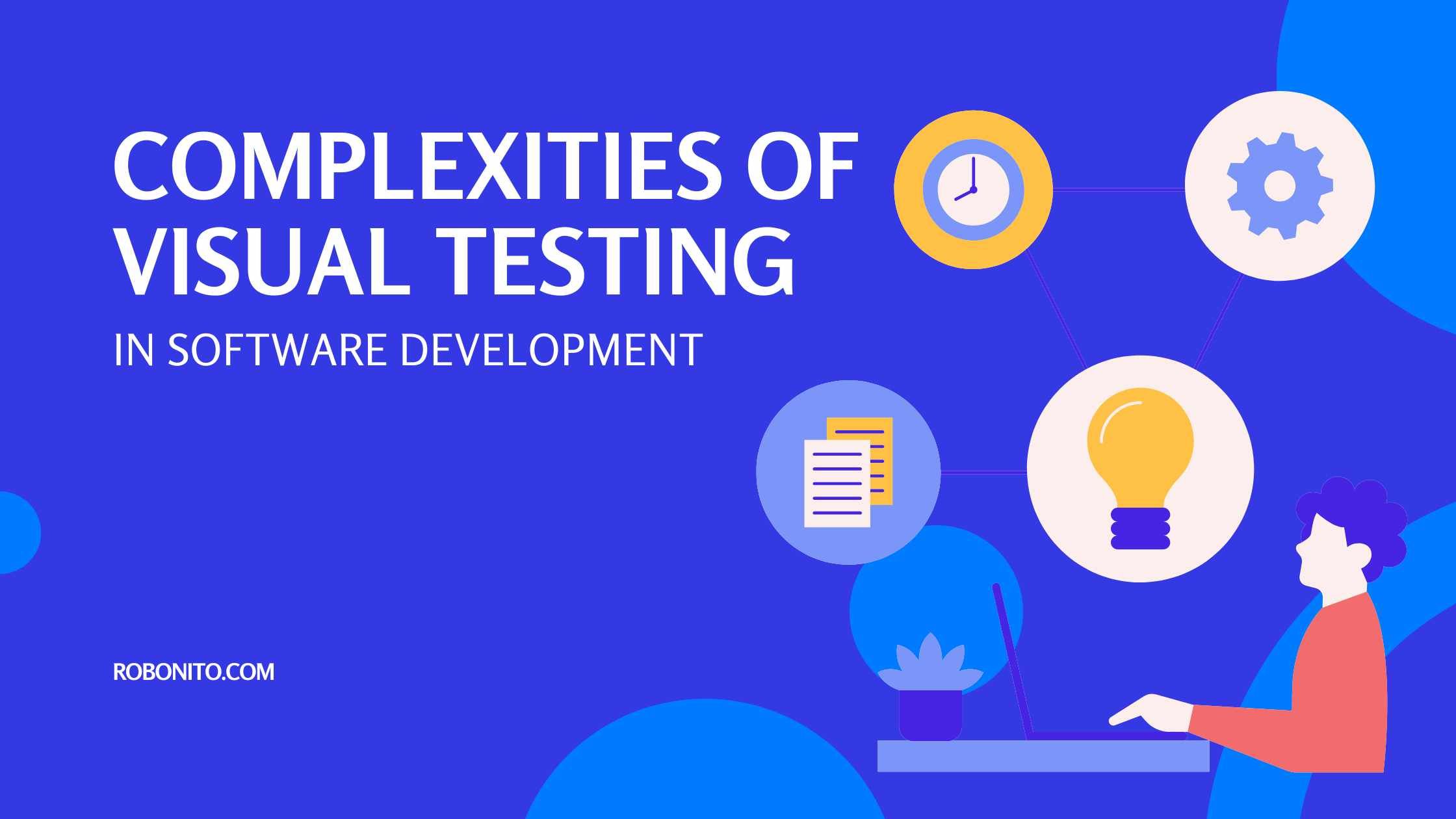Ensuring a seamless user experience is non-negotiable. Visual testing, a cornerstone in the quality assurance process, scrutinizes the graphical interface to ensure it meets design specifications and functions impeccably across diverse platforms and browsers. This comprehensive examination is imperative to validate the aesthetic integrity and functionality of applications.
Significance of Visual Testing
The impact of visual testing reverberates throughout the user journey. A visually appealing interface enhances user engagement, fosters trust, and fortifies brand loyalty. It goes beyond aesthetics; it’s about the harmony of design and functionality, ensuring that users not only find an application visually pleasing but also intuitively navigable and efficient.
Visual Testing Challenges
-
Complexity in UI Elements The modern user interface comprises intricate elements, each demanding meticulous attention. Testing these elements for consistency and functionality across a multitude of devices and screen sizes is a daunting task. Achieving uniformity in design and functionality across this diversity remains a significant challenge.
-
Responsive Design Challenges With the proliferation of devices and varying screen resolutions, maintaining a consistent user experience becomes increasingly intricate. Ensuring responsiveness across different devices necessitates rigorous testing and adaptation to uphold a cohesive user interface.
-
Cross-Browser Compatibility Divergent rendering among browsers often leads to discrepancies in visual appearance and functionality. Achieving compatibility across various browsers requires exhaustive testing and debugging to ensure a uniform experience irrespective of the platform.
-
Dynamic Content Verification Applications with dynamic content pose a unique challenge in validating the accuracy and alignment of elements. The constantly evolving nature of these applications demands continuous visual testing to ensure that changes are reflected accurately and seamlessly.
Strategies to Overcome Challenges
-
Automation Tools for Visual Testing Embracing automated visual testing tools streamlines the process by enabling comprehensive verification across different devices, screen resolutions, and browsers. Tools such as Selenium, Applitools, and Percy facilitate efficient testing, reducing human effort and minimizing errors.
-
AI and Machine Learning Integration The integration of artificial intelligence and machine learning algorithms revolutionizes visual testing. AI-powered tools analyze vast datasets, identify patterns, and detect visual anomalies swiftly, enabling quicker and more accurate defect detection.
-
Parallel Testing Strategies Adopting parallel testing methodologies allows simultaneous testing across multiple environments. This approach significantly reduces testing time, ensuring efficient evaluation without compromising accuracy.
Best Practices for Effective Visual Testing
-
Establishing Clear Test Cases Thoroughly defining and documenting test cases is pivotal for comprehensive test coverage. Detailed test cases ensure that all aspects of the user interface are thoroughly evaluated.
-
Regular Monitoring and Maintenance Continuous monitoring and maintenance of visual testing frameworks are imperative. It aids in early issue detection, preventing potential disruptions in the user experience.
-
Collaboration between Development and QA Teams Foster a collaborative environment between development and quality assurance teams. This collaboration leads to shared insights, better understanding of design objectives, and the formulation of robust testing strategies.
Conclusion
In today’s tech-driven world, where user experience dictates success, visual testing remains an indispensable aspect of software development. Overcoming the myriad challenges through innovative solutions and adopting best practices ensures the delivery of robust, visually impeccable applications that resonate with users.
FAQs
-
What are the primary challenges faced in visual testing?
- Complex UI elements, responsive design challenges, cross-browser compatibility, and dynamic content verification are among the key challenges.
-
How do automation tools aid in visual testing?
- Automation tools streamline the verification process across devices and browsers, reducing manual effort and errors.
-
Why is collaboration between development and QA teams crucial in visual testing?
- Collaboration ensures a shared understanding, leading to better testing strategies and outcomes.
-
What role does AI play in overcoming visual testing challenges?
- AI enables swift anomaly detection and precise defect identification, enhancing the efficiency of visual testing.
-
Why is continuous maintenance vital in visual testing?
- Regular maintenance detects issues early, preventing potential disruptions in the user experience.
